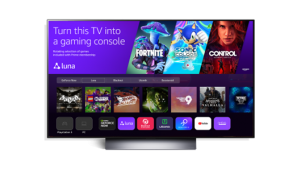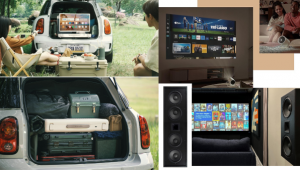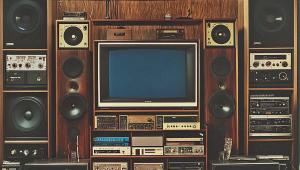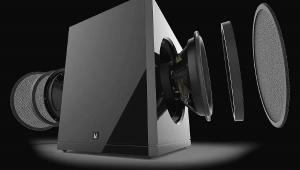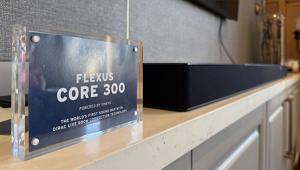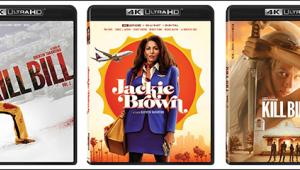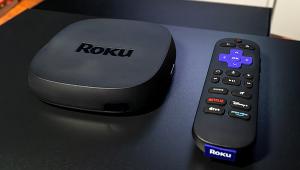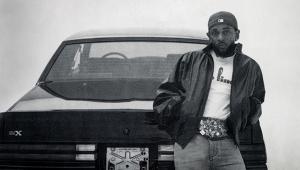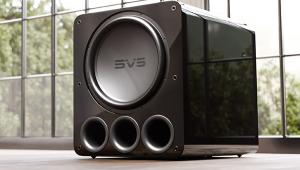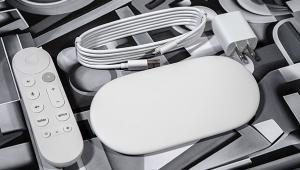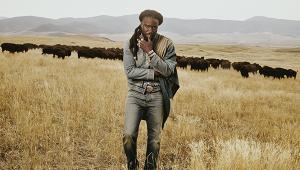FCC Adopts Cable Transition Rules

The press release (PDF) explains: "By statute, cable operators must make local broadcasters' primary video and program-related material viewable by all of their subscribers. The FCC's ruling today allows cable operators to comply with the viewability requirement by choosing to either: (1) carry the digital signal in analog format, or (2) carry the signal only in digital format, provided that all subscribers have the necessary equipment to view the broadcast content. The viewability requirements extend to February 2012 with the Commission committing to review them during the last year of this period in light of the state of technology and the marketplace."
Smaller systems may apply for waivers. But on one point the FCC was firm: HD signals must be carried as HD, not downconverted to SD.
FCC chair Kevin J. Martin (I'll give him his middle initial because I'm pleased with him today) asserted: "This item, at its core, is about the consumer. It is about ensuring that all Americans with cable--regardless of whether they are analog or digital subscribers--are able to watch the same broadcast stations the day after the digital transition that they were watching the day before the transition.
"If the cable companies had their way," Martin continued, warming to his subject, "you, your mother and father, or your next door neighbor could go to sleep one night after watching their favorite channel and wake up the next morning to a dark fuzzy screen. This is because the cable operators believe that it is appropriate for them to choose which stations analog cable customers should be able watch. It is not acceptable as a policy matter or as a legal matter. The 1992 Cable Act is very clear. Cable operators must ensure that all local broadcast stations carried pursuant to this Act are 'viewable' by all cable subscribers. Thus, they may not simply cut off the signals of these must-carry broadcast stations after the digital transition."
Cable operators still have choices concerning how to implement the mandate, Martin said. "We do not dictate how cable operators must fulfill their statutory requirement to make all broadcast signals viewable to its subscribers. Rather, we give them a choice. Accordingly, the Commission is not forcing consumers to purchase or lease a set top box to continue watching their favorite channels. This decision lies in the hands of the cable company. They can avoid the need for new boxes by choosing to downconvert the digital signal into analog at their headend. This downconversion would permit analog cable subscribers to continue watching broadcast television just as they do today without disruption. Of course, to the extent that a cable system is all-digital, like DBS systems are, all consumers are given a box that allows them to watch all of the broadcast stations."
- Log in or register to post comments











